I wrote about a basket given to me by Ron’s mother here and received a very interesting email from Biljana, a reader presently living in Thailand. She had information to pass along with reference to these Asian baskets – isn’t it amazing how the Internet can link people from across the globe?
Biljana is much interested in this type of basketry, and thinks that the Taiwanese basket given to me by Ron’s mother is not a funerary basket at all. In our email discussion on it, I had written that Taiwanese clients of Ron’s – guests to dinner in our Austin home – were excited to see the basket and told us it was used to take food to a loved one’s grave. She replied: “I am of the opinion that it is actually a wedding (rather prewedding) woven cane and wood (later lacquered) basket that is usually exchanged between families involved.”
She had further information: “The golden painted woman on the basket lid looks like more like a potential bride getting ready for her marriage ceremony than a candidate for heavenly departure. In those baskets the families of bride and groom sent to each other some presents, usually oranges ( mandarins) as a sign of respect . Mandarins are usually fruit of choice in Chinese culture as they consider them an auspicious element.”
She continues: “Black and red colours and golden gilding are also a combination for some baskets – here we have to be careful, as different Chinese groups use different colours, shapes and materials.”
Biljana’s emails are full of fascinating information about various Chinese cultures and subgroups; about how they migrated through the subcontinent, thus dispersing their techniques and symbolism and acquiring new knowledge in the process.
She sent the photograph I’ve included here – it’s one of her baskets and Biljana describes it: “I have a three tier one (antique) that belonged to a Peranakan family. Peranakans are Chinese Malays, a combination resulted in intermarriages between Chinese and local population in Malaysia and Singapore (we lived there also)… So, I am sending you a picture of my own with same combination of colours, but meant to be given on a wedding day, each tier filled with a group of gifts sending a message of wish for prosperity, longevity …. This type of basket is called “Bakul Siah” or “auspicious basket “. In them wedding gifts were transported and exchanged during 12-day wedding period and even from the engagement day.”
I’m delighted to think that a basket bought in Taiwan some 60 years ago journeyed to Texas across the Pacific, was enjoyed for many, many years and then became mine. Since I’ve had it, it has crossed the Atlantic and traveled through Europe and today sits atop a bookcase in Greece. Much has certainly been woven into its life, and now it’s brought me the friendship of a kindred spirit living on the continent where my basket was so carefully made.
Biljana, thank you very much for all the trouble you’ve taken to add to my knowledge of these baskets. And yes, I fully agree with you that people should share such information as they have, and that it’s always important to open a discussion. I’ve learnt a great deal from you and intend to discover more.









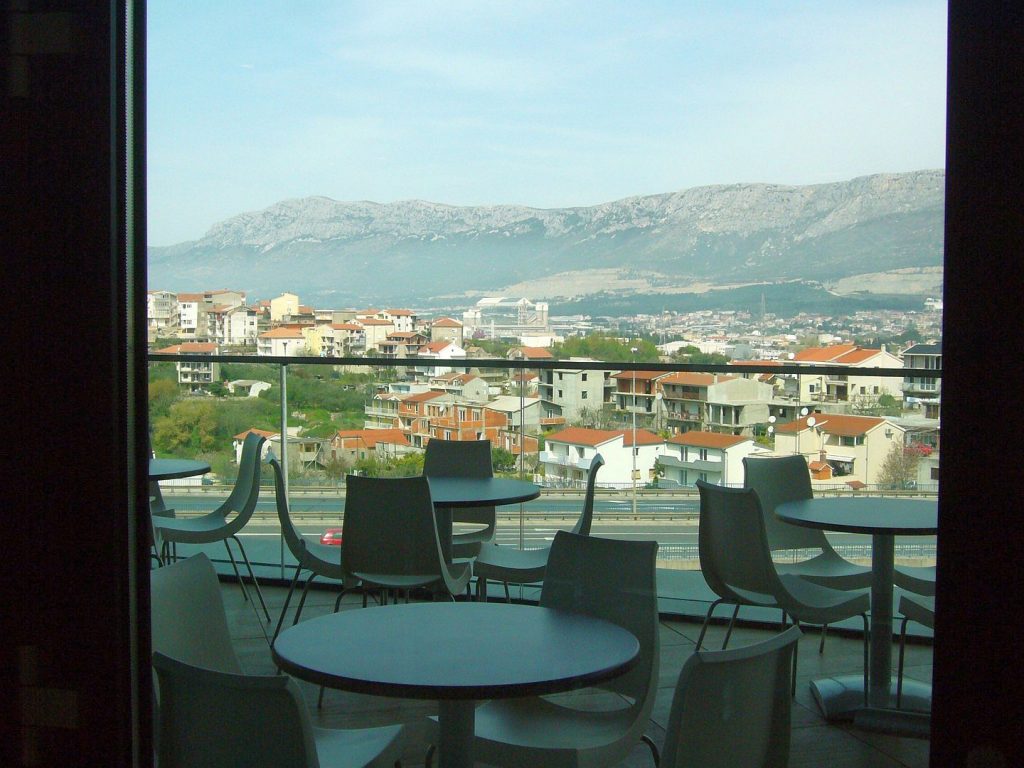



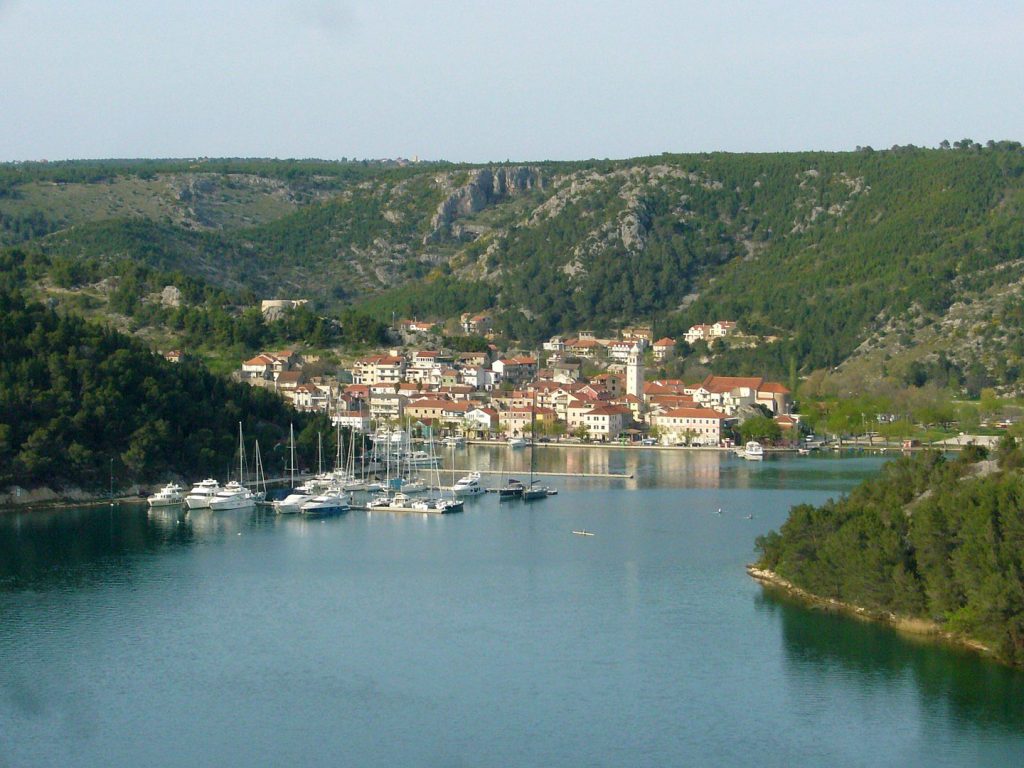


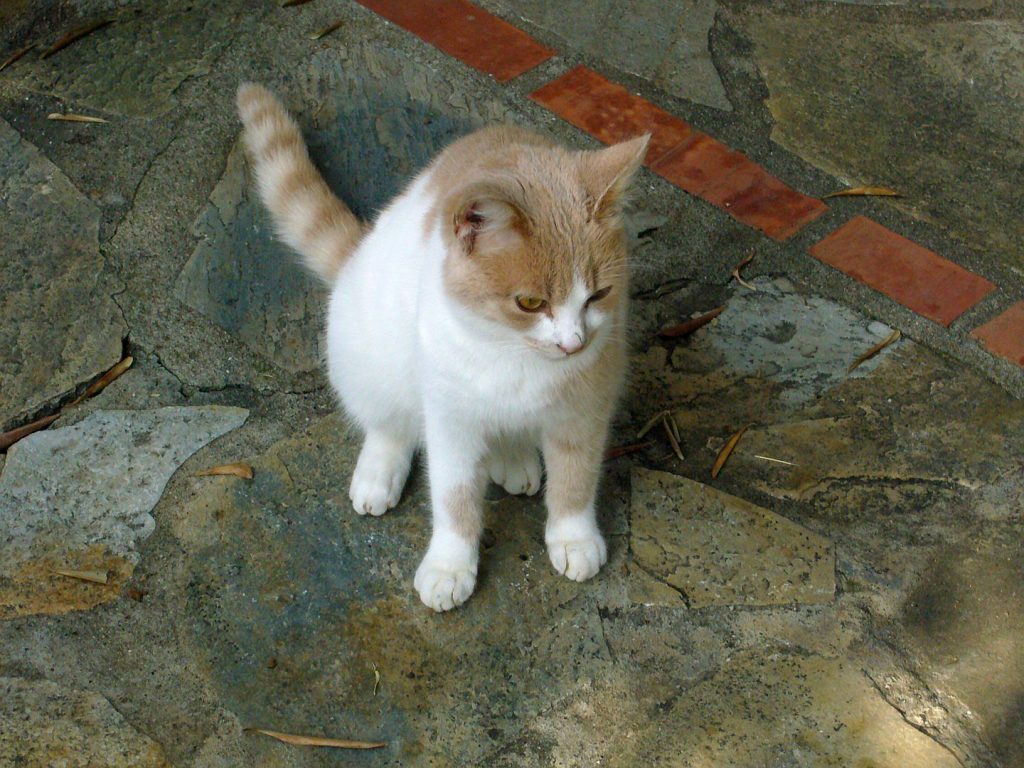
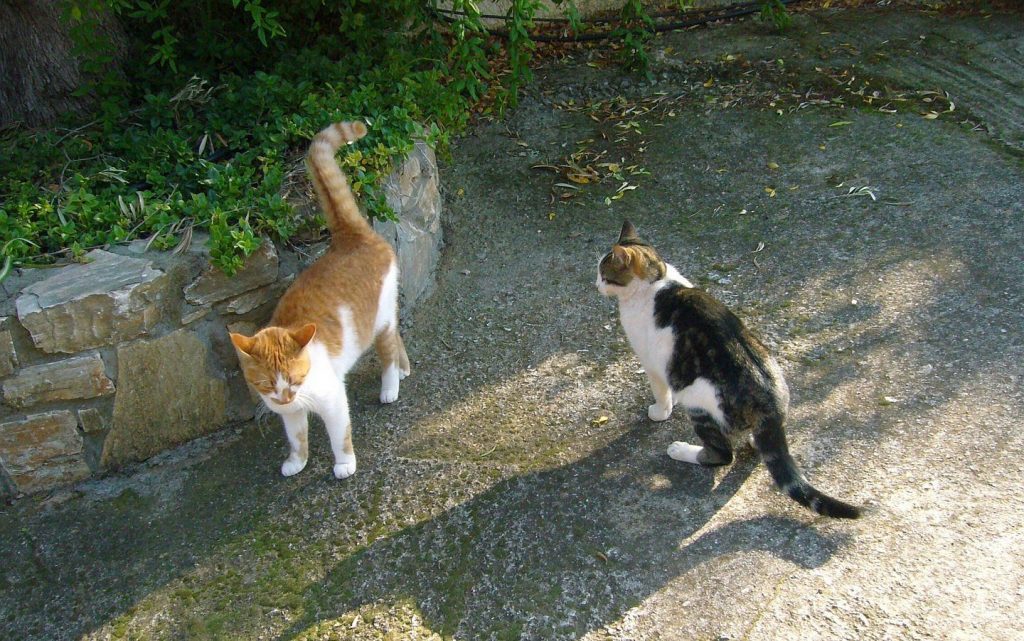
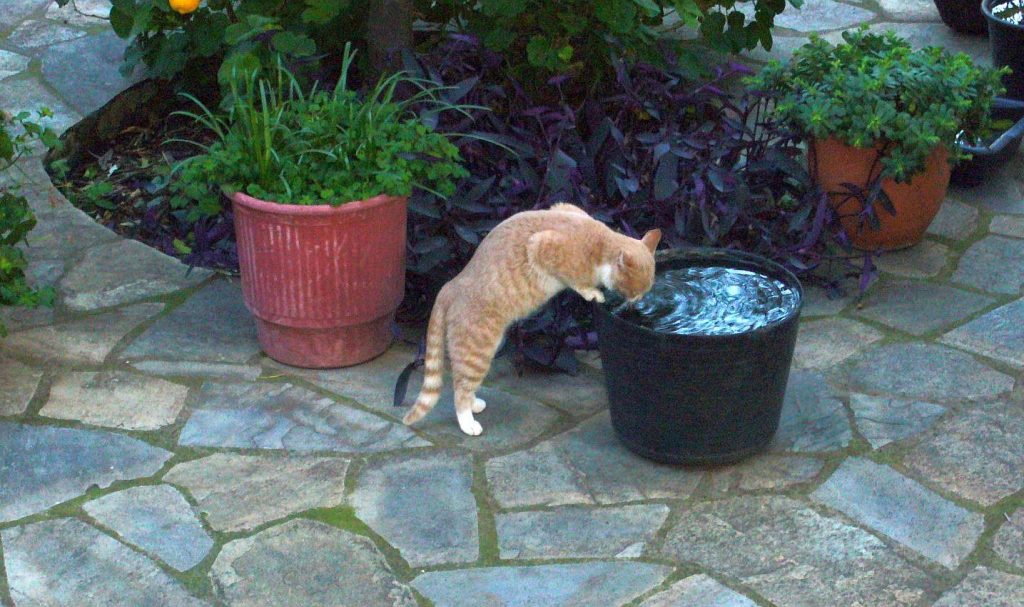
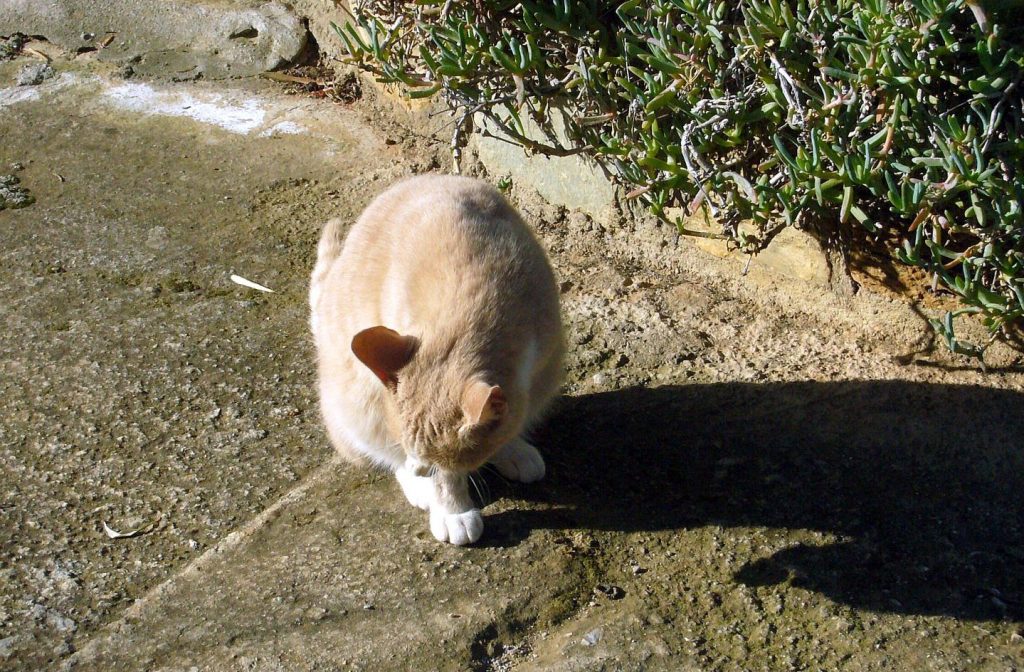

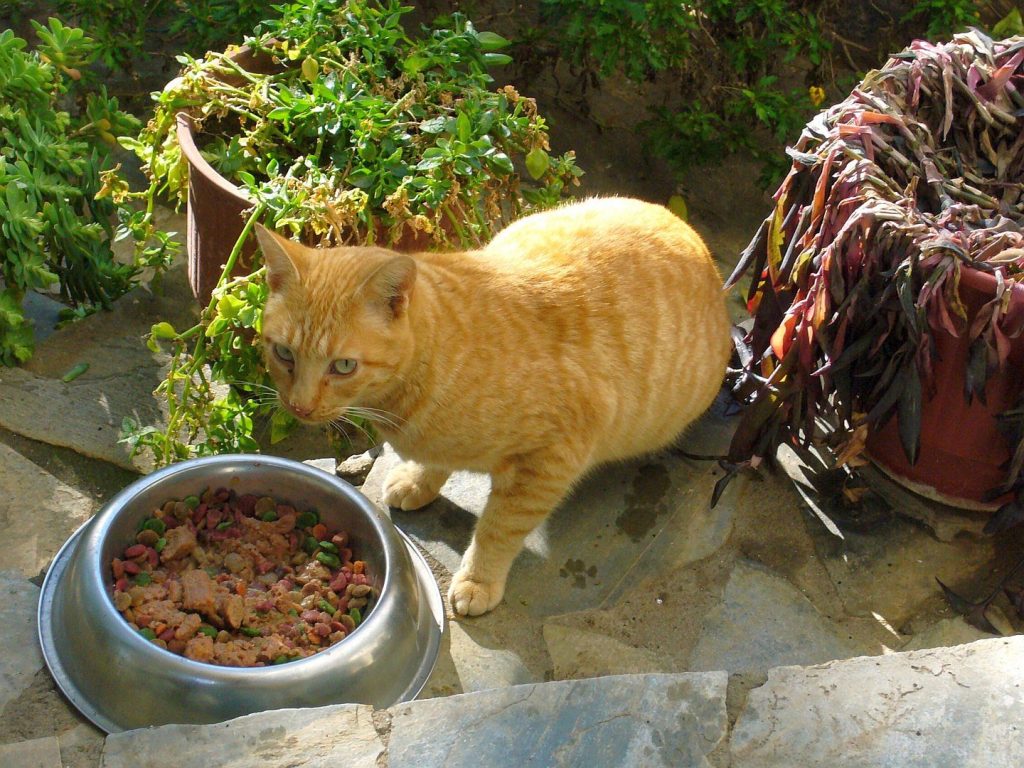
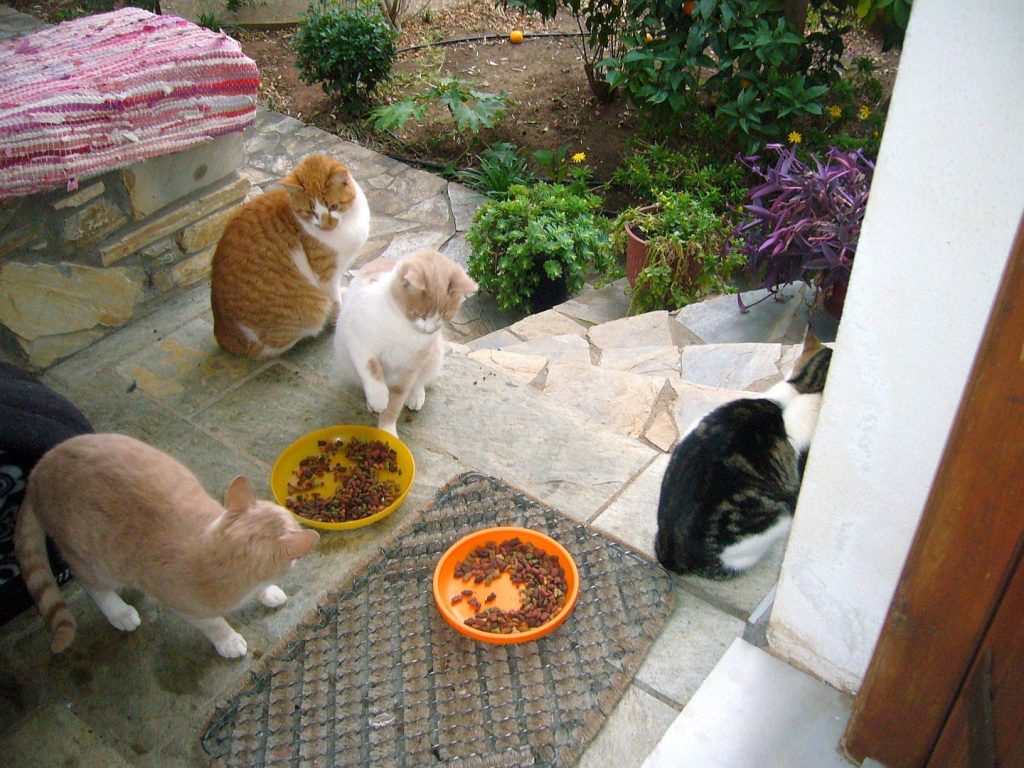




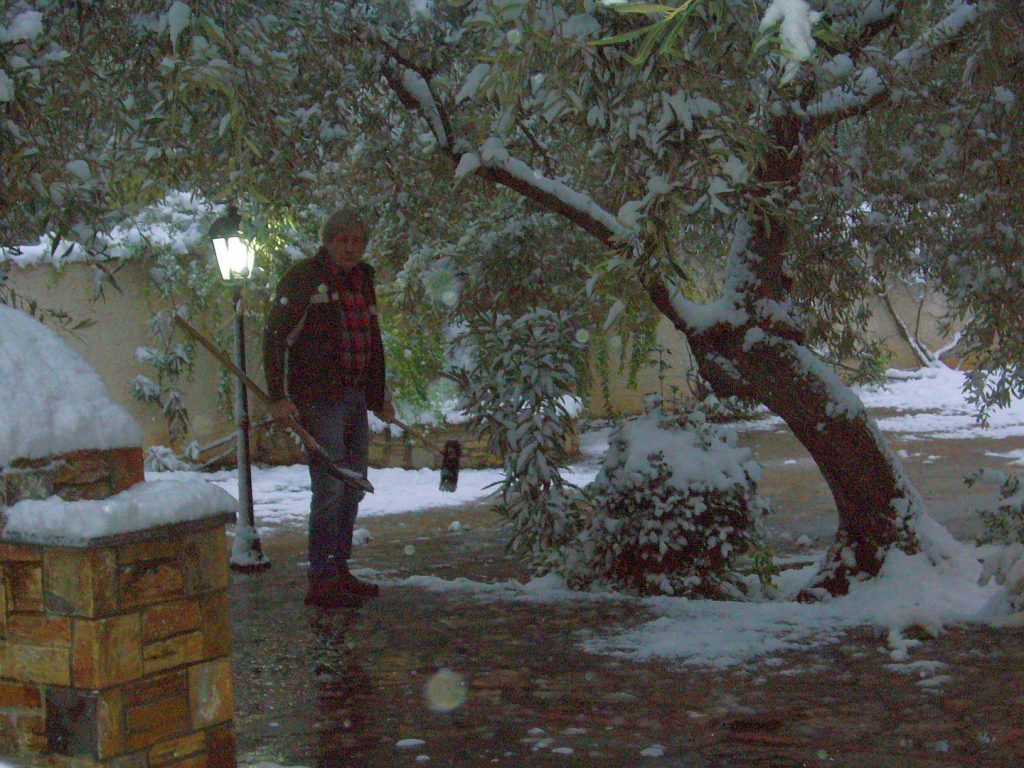

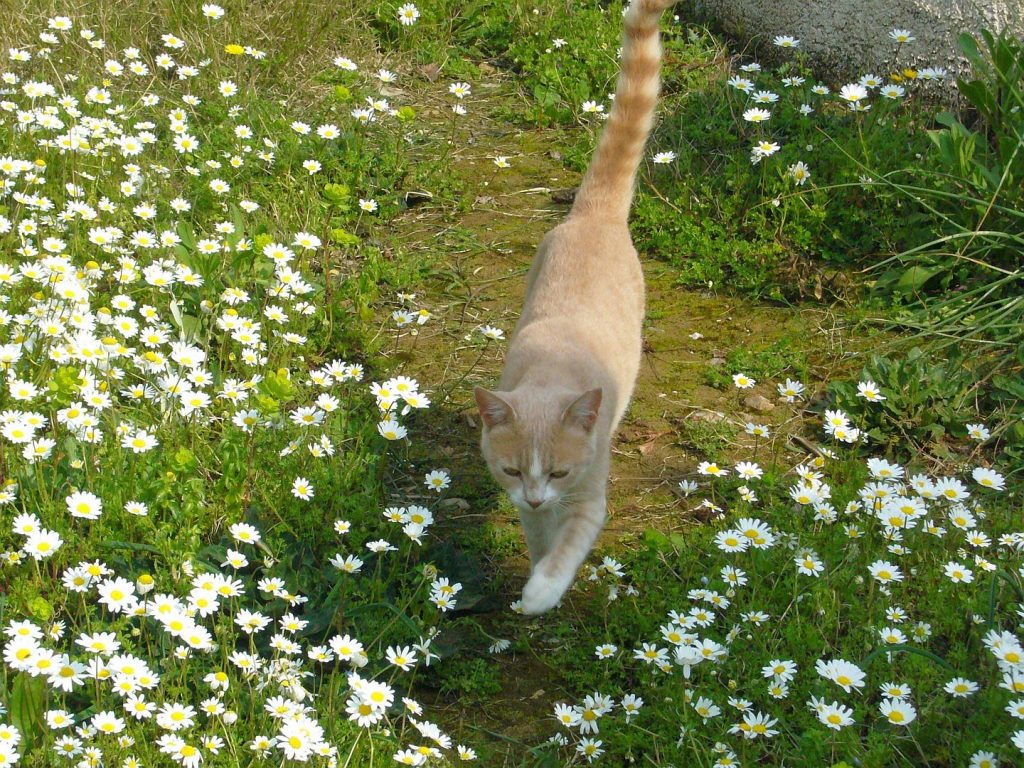

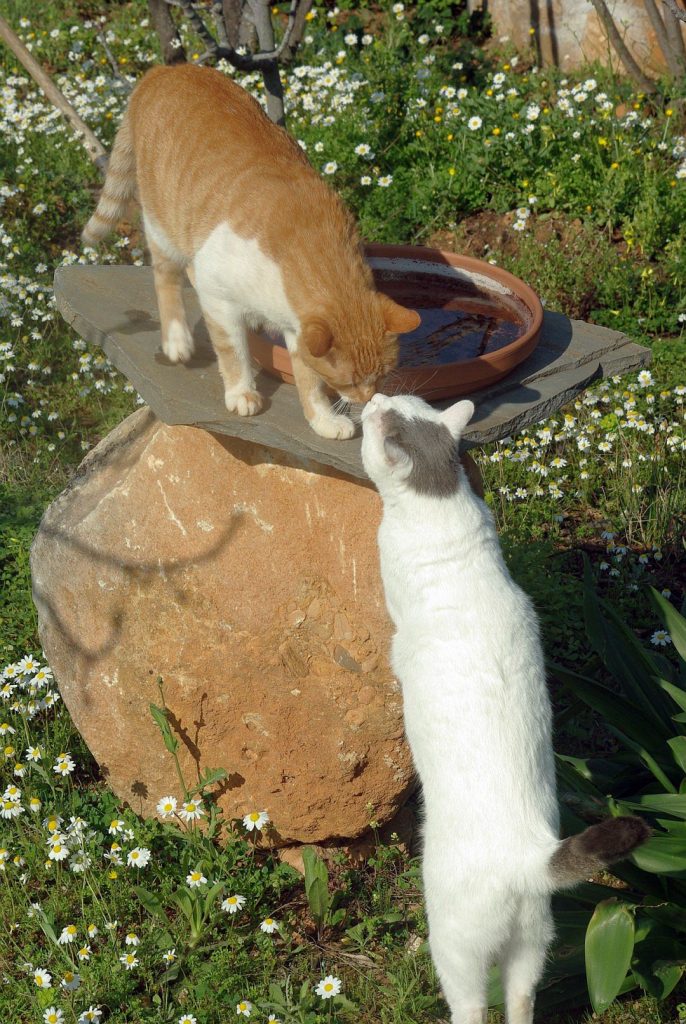
![P1070745 [HDTV (1080)]](http://chasingcentaurs.com/wp-content/uploads/2015/04/P1070745-HDTV-1080-1024x437.jpg)
![P1070741 [HDTV (1080)]](http://chasingcentaurs.com/wp-content/uploads/2015/04/P1070741-HDTV-1080-1024x576.jpg)
![P1070749 [HDTV (1080)]](http://chasingcentaurs.com/wp-content/uploads/2015/04/P1070749-HDTV-1080-1024x445.jpg)
![P1070753 [HDTV (1080)]](http://chasingcentaurs.com/wp-content/uploads/2015/04/P1070753-HDTV-1080-1024x429.jpg)
![P1070771 [HDTV (1080)]](http://chasingcentaurs.com/wp-content/uploads/2015/04/P1070771-HDTV-1080-1024x444.jpg)
![P1070754 [HDTV (1080)]](http://chasingcentaurs.com/wp-content/uploads/2015/04/P1070754-HDTV-1080-1024x508.jpg)
![P1070748 [HDTV (1080)]](http://chasingcentaurs.com/wp-content/uploads/2015/04/P1070748-HDTV-1080-1024x486.jpg)
![P1070786 [HDTV (1080)]](http://chasingcentaurs.com/wp-content/uploads/2015/04/P1070786-HDTV-1080-1024x486.jpg)
![P1070783 [HDTV (1080)]](http://chasingcentaurs.com/wp-content/uploads/2015/04/P1070783-HDTV-1080-1024x665.jpg)
![P1220983A [1024x768]](http://chasingcentaurs.com/wp-content/uploads/2014/09/P1220983A-1024x768.jpg)
![P1220994A [1024x768]](http://chasingcentaurs.com/wp-content/uploads/2014/09/P1220994A-1024x768.jpg)
![P1230005A [1024x768]](http://chasingcentaurs.com/wp-content/uploads/2014/09/P1230005A-1024x768.jpg)
![P1230008A [1024x768]](http://chasingcentaurs.com/wp-content/uploads/2014/09/P1230008A-1024x768.jpg)
![P1220986A [1024x768]](http://chasingcentaurs.com/wp-content/uploads/2014/09/P1220986A-1024x768.jpg)
![P1220992A [1024x768]](http://chasingcentaurs.com/wp-content/uploads/2014/09/P1220992A-1024x768.jpg)
![P1230010A [1024x768]](http://chasingcentaurs.com/wp-content/uploads/2014/09/P1230010A-1024x768.jpg)
![P1220976A [1024x768]](http://chasingcentaurs.com/wp-content/uploads/2014/09/P1220976A-1024x768.jpg)
![P1220981A [1024x768]](http://chasingcentaurs.com/wp-content/uploads/2014/09/P1220981A-1024x768.jpg)
![P1230016A [1024x768]](http://chasingcentaurs.com/wp-content/uploads/2014/09/P1230016A-1024x768.jpg)
![P1230030A [1024x768]](http://chasingcentaurs.com/wp-content/uploads/2014/09/P1230030A-1024x768-135x300.jpg)
![P1230029A [1024x768]](http://chasingcentaurs.com/wp-content/uploads/2014/09/P1230029A-1024x768-218x300.jpg)
![P1230024A [1024x768]](http://chasingcentaurs.com/wp-content/uploads/2014/09/P1230024A-1024x768.jpg)
![P1230022A [1024x768]](http://chasingcentaurs.com/wp-content/uploads/2014/09/P1230022A-1024x768.jpg)
![P1230015A [1024x768]](http://chasingcentaurs.com/wp-content/uploads/2014/09/P1230015A-1024x768.jpg)
![P1230036A [1024x768]](http://chasingcentaurs.com/wp-content/uploads/2014/09/P1230036A-1024x768.jpg)
![P1230021A [1024x768]](http://chasingcentaurs.com/wp-content/uploads/2014/09/P1230021A-1024x768.jpg)
![P1230037A [1024x768]](http://chasingcentaurs.com/wp-content/uploads/2014/09/P1230037A-1024x768.jpg)
![P1230045A [1024x768]](http://chasingcentaurs.com/wp-content/uploads/2014/09/P1230045A-1024x768.jpg)